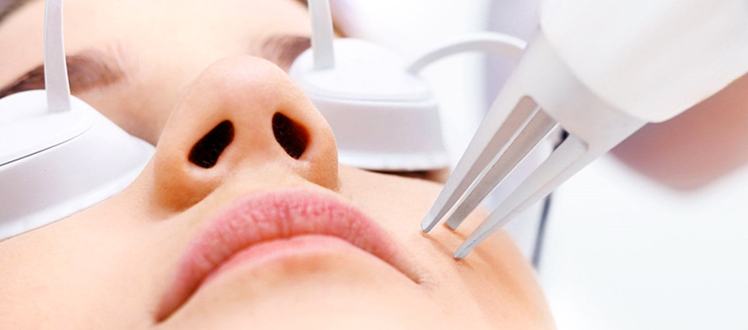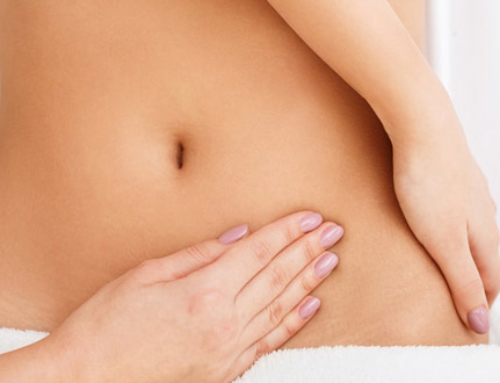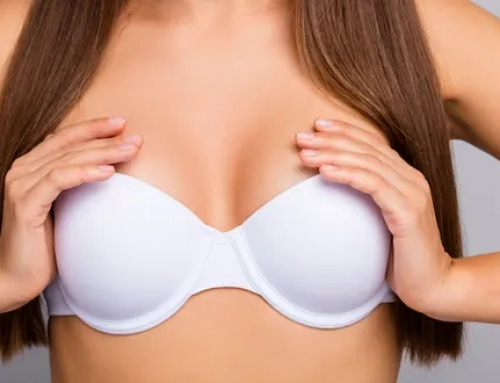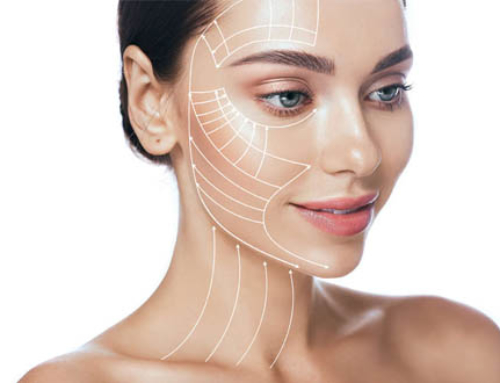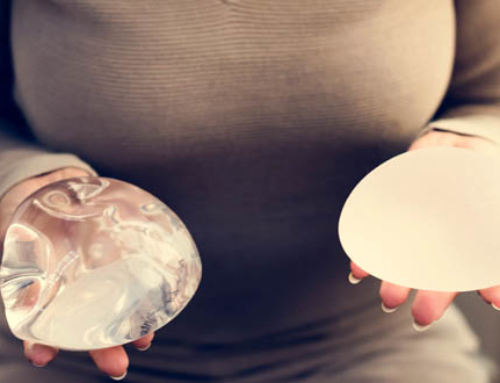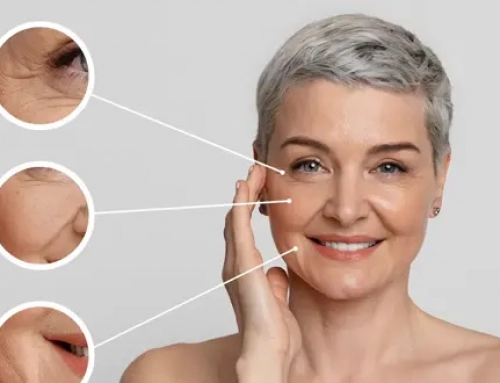Skin resurfacing treatments use different types of lasers to address various skin problems. These lasers deliver high energy light beams with specific wavelengths depending on the type of laser used. Each skin problem is treated with a specific laser and wavelength to reach the target, which is melanin in case of pigmented lesions, oxyhaemoglobin in case of vascular lesions and cellular water for skin rejuvenation. Heating up the deep dermis with the laser stimulates fibroblasts that work at producing collagen and elastin, which give the skin firmness and thickness.
Lasers can be used to treat wrinkles, stretch marks, keloids and scars in addition to structural improvements of the dermis. In the field of aesthetic medicine, which focuses on skin rejuvenation and skin imperfections, the most common types of lasers are the following.

Ablative lasers
Ablative laser treatments are the most efficient options when it comes to treating sun damaged skin and they offer the most significant improvements. Ablative lasers destroy the skin’s outer layer, which induces skin regeneration. However, downtimes after ablative laser treatments are longer than other types of lasers. Ablative laser can use the carbon dioxide’s (CO2) continuous wave. Modern CO2 lasers are often use a combination of continuous and fractioned laser.
Non-ablative lasers
An example of non-ablative laser is the pulsed dye laser, which uses rhodamine dyes and emits wavelengths between 585nm and 595nm, acting selectively on haemoglobin. The pulsed dye laser is very useful to treat superficial vascular lesions and causes less redness. This laser determines the coagulation of blood vessels, which causes the skin imperfection to get less oxygen and nutrients. As a result, the imperfection atrophies quickly and almost disappears. For this reason, the pulsed dye laser is recommended to treat superficial vascular lesions as well as other non-vascular and highly vascularised lesions (hypertrophic scars, keloids, viral warts, psoriasis…).

